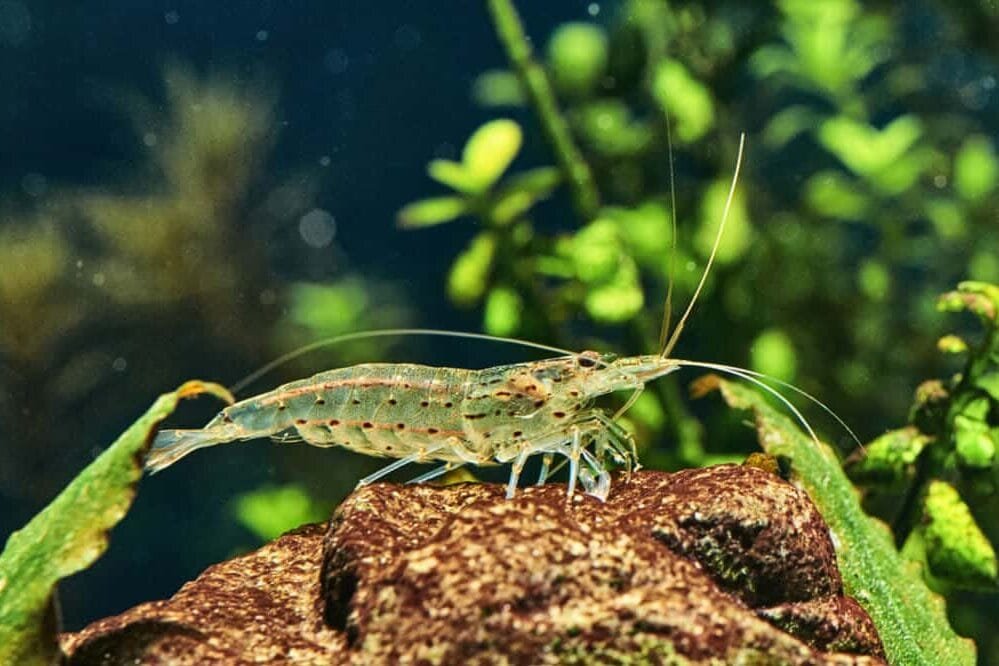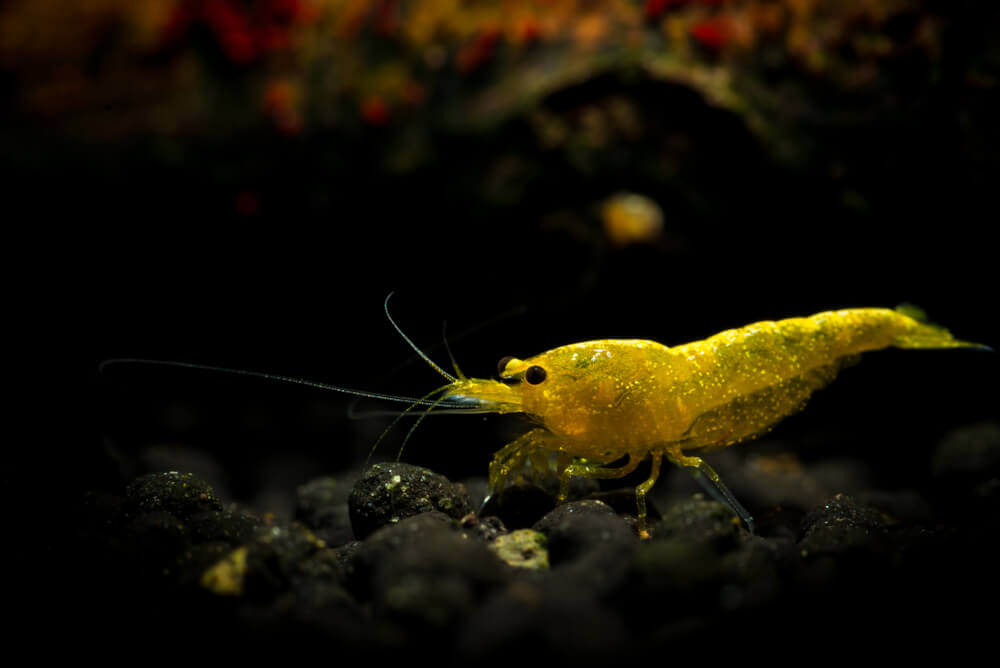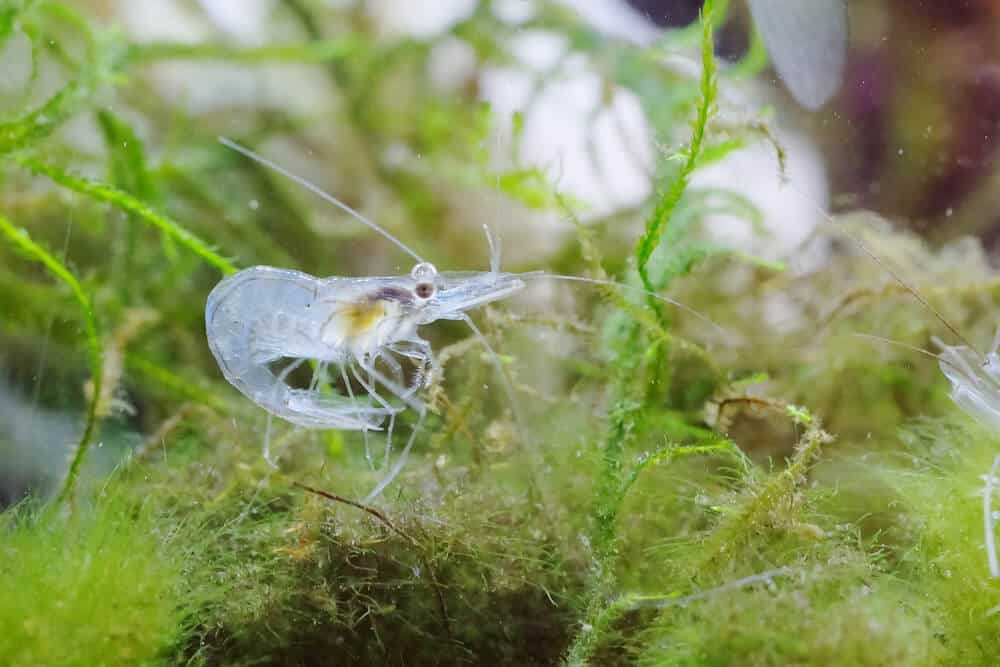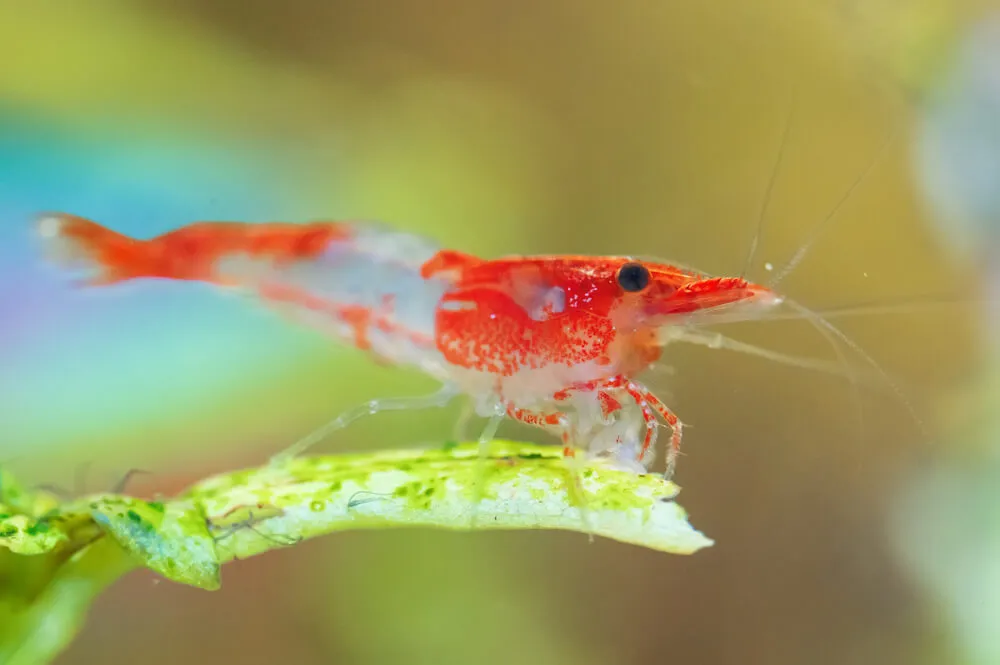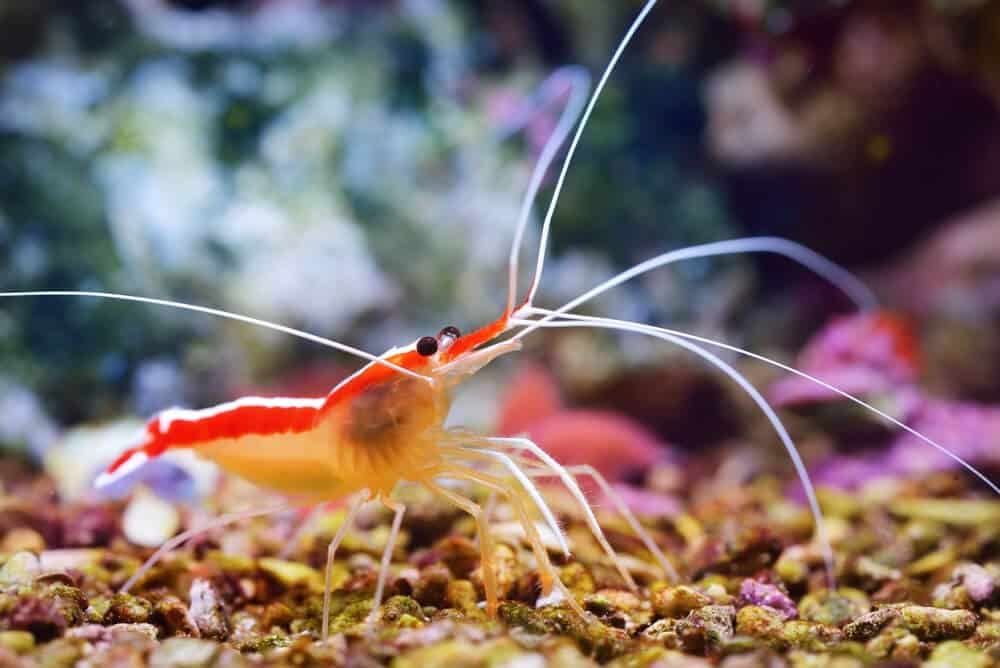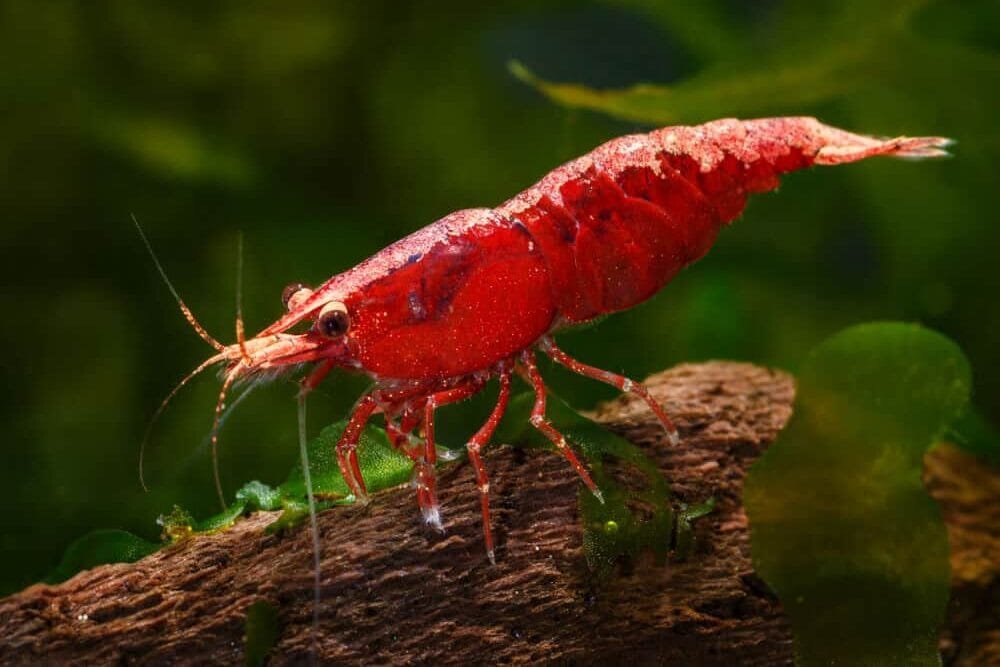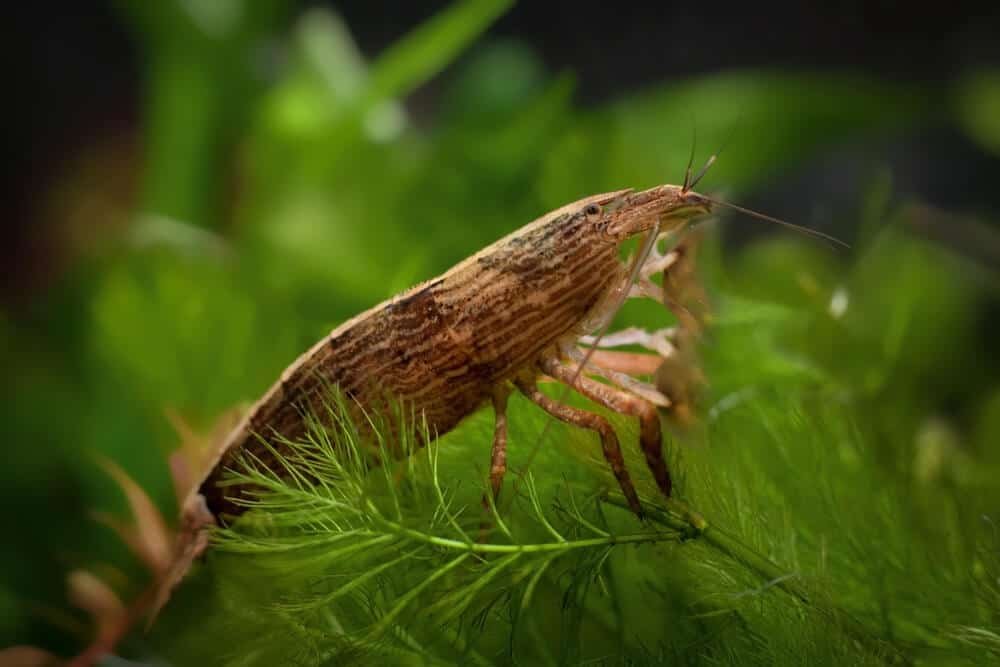Discover the World of Pistol Shrimp: Characteristics And Care Guide
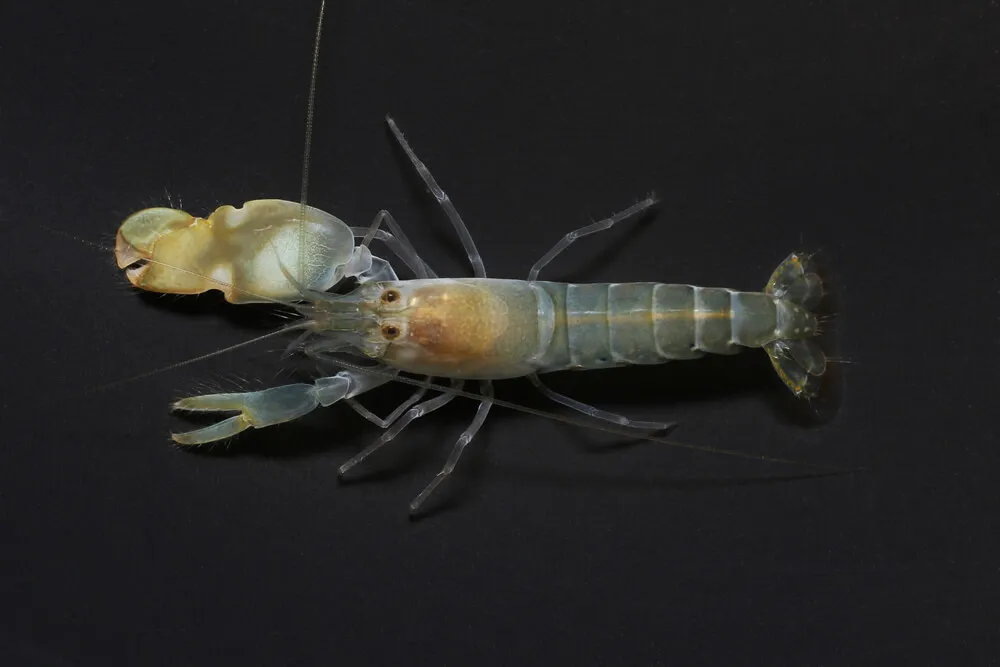
Imagine a creature so small yet so powerful that it can create an underwater explosion capable of stunning its prey. Meet the Pistol Shrimp, a fascinating marine creature known for its extraordinary abilities. Like a secret weapon from the depths of the ocean, these tiny shrimp possess a unique claw that can fire a high-velocity jet of water, creating a shockwave that stuns or kills its unsuspecting victims. Get ready to be amazed as we delve into the world of the Pistol Shrimp and discover how it harnesses the power of nature in its quest for survival.
Biological Characteristics
Classification
The Pistol Shrimp, also known as Alpheidae, belongs to the infraorder Caridea, which includes various types of shrimp. They are part of the crustacean family Alpheidae and are closely related to shrimp and prawns.
Size
Pistol Shrimp come in different sizes, with the larger species reaching up to 3 inches (7.6 centimeters) in length. However, most Pistol Shrimp are typically around 1 to 2 inches (2.5 to 5 centimeters) long.
Physical Features
One of the distinguishing characteristics of Pistol Shrimp is their asymmetrical claws. These claws are different sizes, with one being significantly larger than the other. The larger claw has a unique structure that allows it to create a loud snapping sound, which gives the shrimp its name. They have a slender body and are usually adorned with vibrant colors, which can vary depending on the species.
Habitat
Marine Environments
Pistol Shrimp are predominantly found in tropical and subtropical marine environments. They can be spotted in coral reefs, seagrass beds, and rocky coastal areas. The diverse range of habitats is indicative of their adaptability and ability to thrive in various underwater ecosystems.
Preferred Conditions
These shrimps prefer habitats with sandy or muddy substrates, where they can dig their burrows. They are most commonly found in shallow waters, but some species can also be found in deeper waters. They require stable water conditions and suitable temperatures to survive and reproduce successfully.
Behavior
Hunting Techniques
Pistol Shrimp are renowned for their unique hunting technique. They utilize their oversized claw to generate a powerful cavitation bubble. By closing their claw rapidly, they create a high-velocity water jet that shoots out and collapses, producing a shockwave and an intense sound. This eruption stuns or kills their prey, making it easier for the shrimp to capture it.
Social Structure
Pistol Shrimp usually live in burrows they excavate in the sandy or muddy substrate. These burrows are often shared with gobies, forming a beneficial symbiotic relationship. The shrimp’s claw provides protection, while the goby acts as a lookout for potential threats.
Defense Mechanisms
In addition to their hunting technique, Pistol Shrimp also use their snapping claw for defense. When threatened by predators, they can quickly snap their claw, producing a loud noise that startles and potentially repels the attacker. Some species of Pistol Shrimp also have a flattened body shape, which aids in hiding and evading predators in their burrows.
Symbiotic Relationships
Partnerships with Gobies
One of the most fascinating aspects of Pistol Shrimp behavior is their symbiotic relationship with gobies. Gobies are small fish that live alongside the shrimp in their burrows. The gobies use the burrow as a shelter and keep watch while the shrimp focuses on hunting. The shrimp, in return, provides protection for the goby by sharing its burrow.
Mutual Benefits
This unique partnership benefits both the Pistol Shrimp and the gobies. The shrimp benefits from the goby’s keen senses and warning signals, which help them detect potential predators. In return, the goby enjoys the safety and protection provided by the Pistol Shrimp’s claw, significantly reducing the risk of predation.
Communication
Pistol Shrimp and gobies have developed a fascinating means of communication. The shrimp uses subtle movements and vibrations of its antennae to signal the goby about potential dangers or sources of food. This communication allows them to maintain their symbiotic relationship effectively.
Feeding Habits
Diet
Pistol Shrimp have a diverse diet, mainly consisting of small crustaceans, plankton, mollusks, and tiny fish. They use their powerful snapping claw to stun or kill their prey, making it easier for them to consume.
Feeding Strategies
Pistol Shrimp are skilled ambush predators. They typically wait for their prey to come close to their burrow before quickly extending their claw. The rapid motion creates a low-pressure area, sucking the prey toward the shrimp, which they can then capture and consume. This unique feeding strategy showcases the remarkable adaptations and hunting abilities of Pistol Shrimp.
Reproduction
Mating Behavior
Pistol Shrimp engage in complex mating rituals to ensure successful reproduction. Males often engage in elaborate courtship displays to attract females. Once a suitable mate is found, the male deposits a package of sperm, known as a spermatophore, which the female can use to fertilize her eggs.
Egg Development
After fertilization, the female Pistol Shrimp carries the eggs underneath her abdomen until they hatch into larvae. The female provides protection and care for the eggs during this period, ensuring their survival and development. When the larvae hatch, they are released into the water, where they go through various stages of development before becoming adults.
Parental Care
Pistol Shrimp exhibit varying degrees of parental care. Some species have the female take sole responsibility for caring for the eggs and larvae, while others may have the male share the caregiving duties. This parental care contributes to the survival and success of the offspring.
Ecological Significance
Impact on Ecosystems
Pistol Shrimp play a crucial role in maintaining the balance and health of marine ecosystems. Their hunting activities help control populations of small crustaceans and other prey species, impacting the overall food web dynamics. By regulating the abundance of certain prey items, Pistol Shrimp indirectly influence the abundance and distribution of other organisms within their habitats.
Biodiversity
Pistol Shrimp contribute to marine biodiversity by being an integral part of the intricately interconnected web of life in marine ecosystems. Their presence and ecological interactions have far-reaching effects on the diversity and stability of the surrounding habitats.
Human Interaction
Aquarium Trade
Due to their fascinating behavior and striking appearance, Pistol Shrimp are popular inhabitants of marine aquariums. Their burrowing behaviors and ability to create noise attract aquarium enthusiasts. However, it is crucial to ensure that they are sourced responsibly and that the aquarium conditions can meet their specific requirements.
Scientific Research
Pistol Shrimp have garnered significant interest from scientists and researchers due to their unique hunting techniques, symbiotic relationships, and diverse adaptations. Studying their behaviors and interactions provides valuable insights into evolutionary biology, animal communication, and the structure of marine ecosystems.
Conservation Status
Threats
While Pistol Shrimp populations are generally considered stable, they can potentially be affected by habitat destruction, pollution, and overfishing. These threats can disrupt their preferred conditions and impact the availability of prey and suitable burrowing substrates.
Protection Efforts
Efforts are being made to protect marine habitats and increase awareness about the importance of preserving marine biodiversity. Establishing marine protected areas and implementing sustainable fishing practices can help safeguard the habitats and populations of Pistol Shrimp and other marine organisms.
Interesting Facts
Fastest Claw in the Animal Kingdom
The snapping claw of the Pistol Shrimp is one of the fastest-moving appendages in the animal kingdom. It can close at a speed of up to 60 miles per hour, creating a shockwave and temperatures of over 4,000 degrees Celsius, briefly rivaling the surface temperature of the sun.
Underwater Sonic Weapon
The loud sound produced by the Pistol Shrimp’s snapping claw is not only impressive but also serves as an effective weapon. The shockwave generated by the snap creates stunning water vibrations that can disorient, injure, or even kill their prey and potential threats.
Summary
Pistol Shrimp are extraordinary creatures that showcase a range of remarkable adaptations and behaviors. From their unique hunting technique to their symbiotic relationships with gobies, these shrimp have captivated the interest of scientists and aquarium enthusiasts alike. As vital members of marine ecosystems, they contribute to maintaining biodiversity and ecosystem balance. However, it is crucial to ensure their habitats are protected and managed sustainably to secure their long-term survival.
